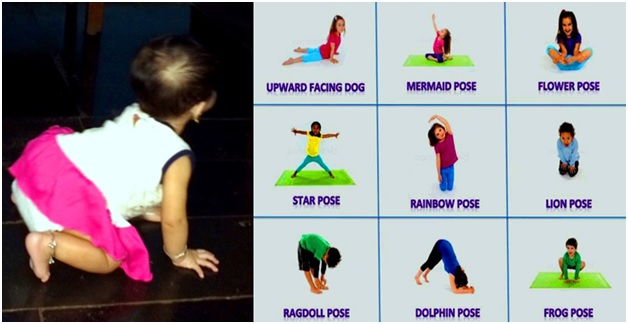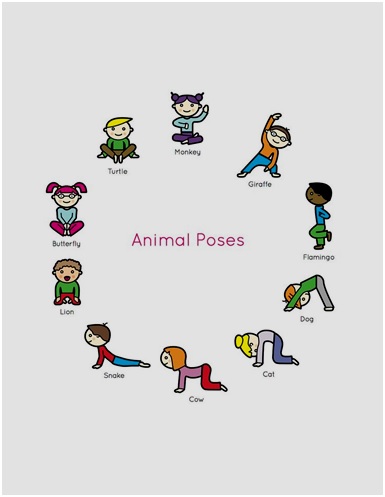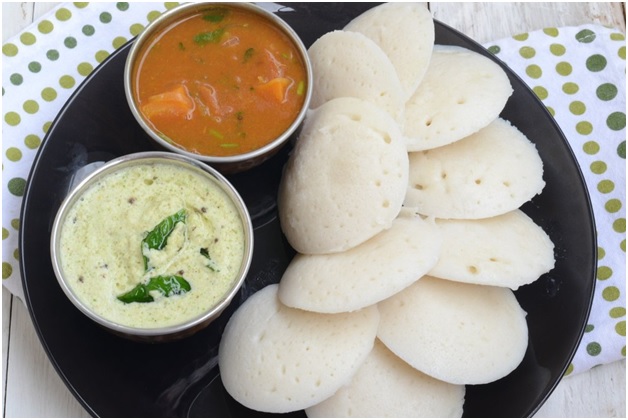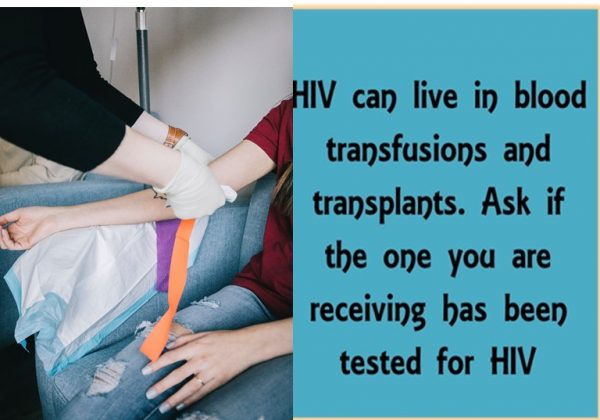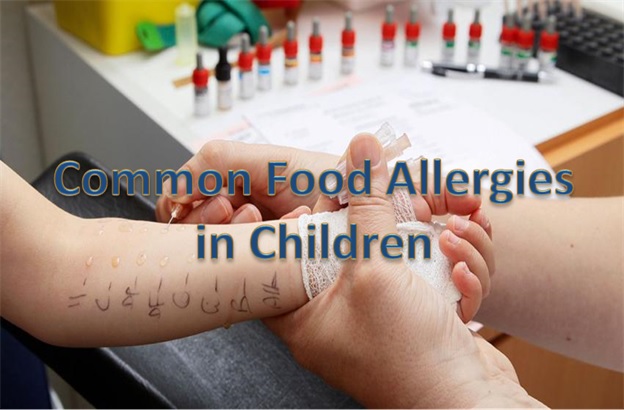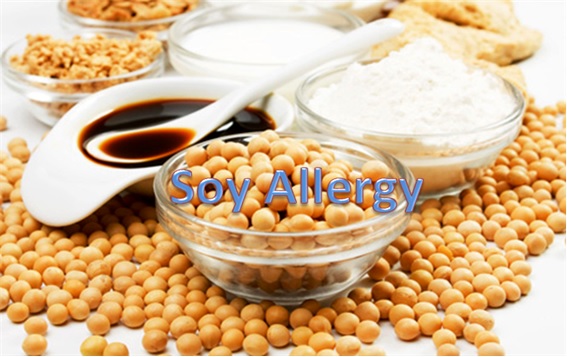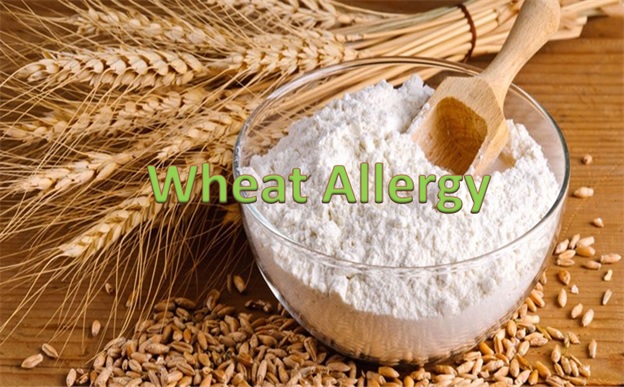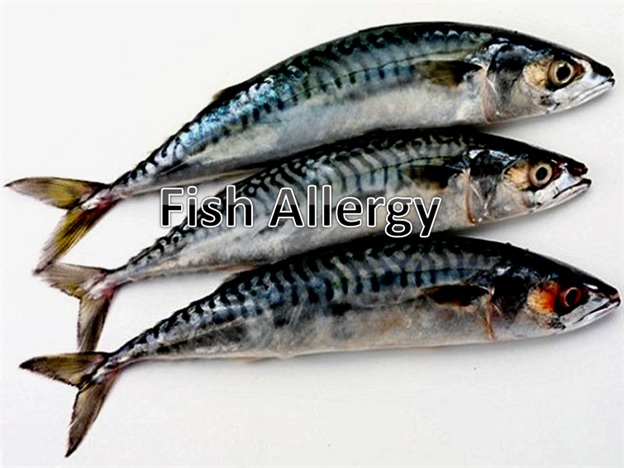
Phytoestrogens, Ayurveda and Menopause
A recent study published in the American journal of Medicine reveals that use of herbal or plant based supplements can help in menopause, particularly in reducing the hot flashes and vaginal dryness.
According to Dr. Taulant Muka, lead author of the new study and a researcher at Erasmus University Medical Center in the Netherlands “Phytoestrogens are clinical components found in plants that are very similar to the female hormone, estrogen.” Evidences shows that these components can help to reduce menopause symptoms.
Current treatments that are available for menopause are Hormone therapy- in the form of pills, patches, sprays, gels and vaginal rings, is the prescription used most often to treat hot flashes and other menopausal symptoms. However, research has linked hormone replacement therapy with an increased risk of breast and uterine cancer. Other studies also have shown neutral effects on cardiovascular health when used soon after menopause, but the effects become progressively unfavorable in a woman’s later years.
All these findings making women more to look for alternative type of medicines which is plant based supplements and herbal medicines.
In a study in which 6,653 women participated, traditional or Chinese medicine therapies, including soy, ginseng, black cohosh and St. John’s wort were tested on women. It was discovered that phytoestrogens were associated with a modest reduction in hot flashes and vaginal dryness, though night sweats continued. Specifically, plant estrogens decreased the total number of a woman’s hot flashes by 1.31 per day, on average !.
It is to be noted, that herbal medicines and supplements have been in use for menopause treatment – from many centuries in India and China. Ayurveda considers menopause as a “Balance Deficiency”. This ancient medicine system recommends many herbs for women who are undergoing menopause. For example, from Ayurvedic perspective, , menopause marks the transition from the Pitta phase of life to the Vata phase of life. During the transition, imbalances in both Vata and Pitta may occur. Hot flashes and night sweats are created by an imbalance in Pitta in the deeper tissues of the body and the build-up of ama (toxins) in the channels of the body. When ama accumulates in the body, the flow of heat in the deeper tissues can get constricted. It tends to build up and then, when it finds an outlet, flashes out in a fashion that leaves you feeling uncomfortable.
There are three bodily principles: movement and flow (vata or airy), heat and metabolism (pitta or fiery), and bodily substance (kapha or earthy.) And there are three basic types of imbalances relating to each of the three doshas. Easing your menopause transition can be as simple as “reading” your dosha symptoms and taking measures to get your doshas back in balance. The following symptoms and lifestyle prescriptions are indicated for each of the three dosha imbalances:
• Vata- Type-Prone To Nervousness: Anxiety, panic, mood swings, vaginal dryness, loss of skin tone, feeling cold, irregular periods, insomnia, mild or variable hot flashes, constipation, palpitations, bloating and joints aches and pains.
Ayurvedic Tips: Increase warm food and drinks, regular meals, early bedtime, oil massage, meditation, yoga, walking and spices such as fennel and cumin. Decrease caffeine and other stimulants, refined sugar, cold drinks, salads.
• Pitta-Type- Prone to Hot Temper: Anger, irritability, feeling hot, hot flashes, night sweats, heavy periods, excessive bleeding, urinary tract infections, skin rashes and acne.
Ayurvedic Tips: Increase cooling foods, water intake, sweet juicy fruits (grapes, pears, plums, mango, melons, apples,) zucchini, yellow squash, cucumber, organic foods. Go to bed before 10 PM and try to wind down earlier in the evening. Decrease excessive sun and overheating, hot spicy foods, hot drinks and alcohol.
•Kapha-Type- Prone to Weight Gain: Sluggishness, lethargy, weight gain for no reason, fluid retention, yeast infections, lazy, depressed, lacking motivation, slow digestion.
Ayurvedic Tips: Increase exercise, fruits, whole grains, legumes, vegetables, and spices such as black pepper, turmeric and ginger. Habit of getting up early and avoid foods like meat, cheese, sugar and cold foods and drinks helps kapha type body.
One of the hot flash relief that is recommended by Maharishi Ayurveda is the combination of herbs like Shatavari (Asparagus sp.), Indian Sarsaparilla (Hemidesmus Indicus), Indian Gooseberry (Amla), Waterlily, White Sandalwood, Indian Tinospora, Rose and Licorice provides the cooling action by increasing cooling of lunar energy, which balances solar energy in the body. This formula is helpful for balancing Sadhaka Pitta, which governs the emotions, and Ranjaka Pitta, which governs the blood. Premium Amla Berry is another herbal supplement valuable for balancing Pitta in the physiology.
Apart from soy, there are several herbs that comes to rescue of menopause women. For example another equally healthful source of phytoestrogens are “lignans,” compounds found in a variety of whole foods including grains and cereals, dried beans and lentils, flaxseed, sunflower seeds and peanuts, vegetables such as asparagus, sweet potatoes, carrots, garlic and broccoli and fruits such as pears, plums and strawberries. Common herbs and spices such as thyme oregano, nutmeg, turmeric and licorice also have estrogenic properties.
Plant medicine thus is playing another major role in keeping women happy and healthy in their mid -life!
References
• http://www.mapi.com/
• www.cnn.com
• http://www.womenlivingnaturally.com/
Image credit: Photo by Mert Guller on Unsplash
Author: Sumana Rao | Posted on: June 23, 2016


